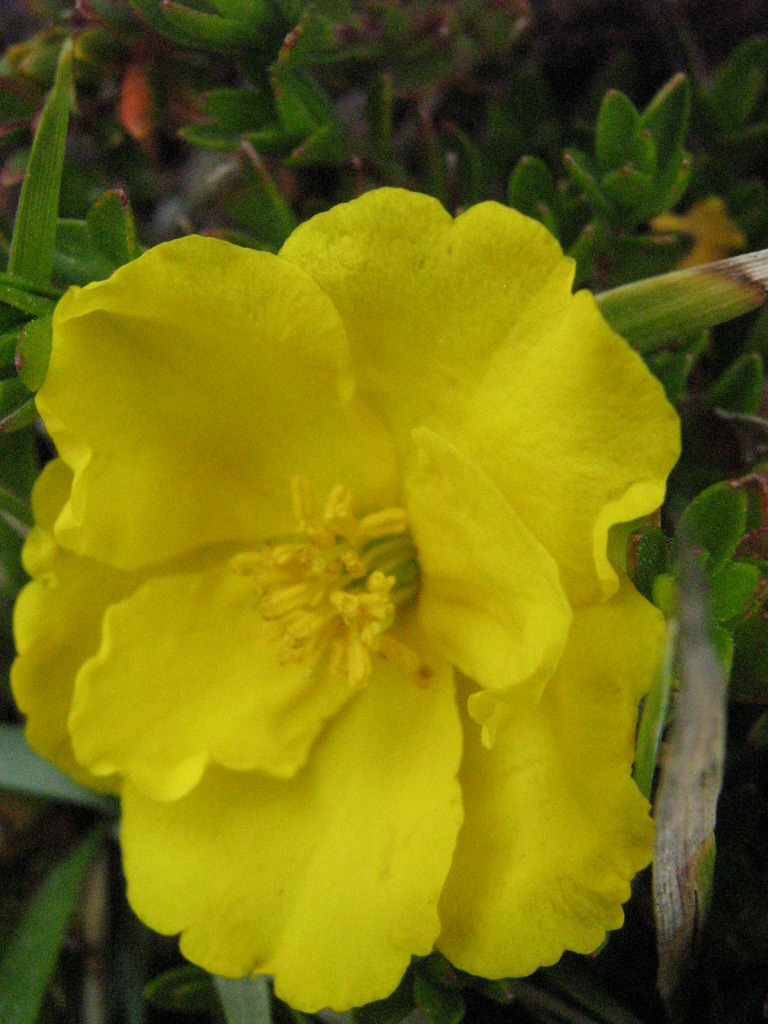Scientific Name: Hibbertia procumbens
Common Name: spreading guineaflower
Family Classification (Clade): Eudicots
Family: Dilleniaceae
Form Description: Prostrate, woody plant.
Flowers: Large, to 2.5cm across, golden yellow with five petals.
Fruit: Seed follicles
Municipality
Plant Communities
Habitat Notes
Abundant in heaths, sea level to mountain plateaux.
Site Tolerance
Dry, Exposed, Moist, Shady, Windy
Soil Tolerance
Nutrient-poor, Sandy, Well-drained
Frost Tolerance
Hardy
General Notes
The flowers provide food for many insects including moths, butterflies and native wasps. Also bee attracting. Susceptible to Phytophthora cinnamomi.
Propagation Calendar
-
Flowering Month
Jan Feb Mar Apr May Jun Jul Aug Sep Oct Nov Dec -
Seed Collecting Month
Jan Feb Mar Apr May Jun Jul Aug Sep Oct Nov Dec -
Sowing Month
Jan Feb Mar Apr May Jun Jul Aug Sep Oct Nov Dec -
Cutting Month
Jan Feb Mar Apr May Jun Jul Aug Sep Oct Nov Dec
Propagation Method
Seed Information
Seed Collection
Very difficult to propagate from seed. The round brown seeds drop quickly during hot weather and are often predated by insects, which bore minute holes in them. Collection is difficult with few viable seeds produced. Viable seeds appear dark and in a pulpy aril; non-viable seeds are lighter in colour and the aril is brittle.
Seed Storage Life
1-2 years
Seed Treatment Notes
Removal of the seed coat is necessary for most species but in species with high levels of embryo immaturity has little effect on its own.
Germination Time
1-3 months
Cutting & Division Information
Most species strike readily from cuttings.

